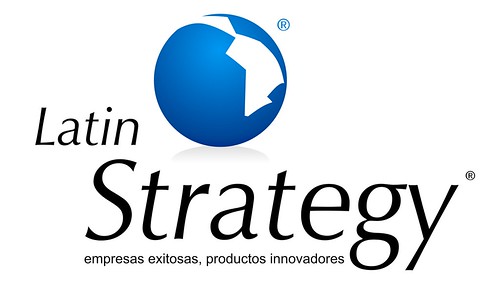La noticia estaba en todas partes por estos días: un carro de USD 2,500 era lanzado al mercado en India. En el Innoblog Josh Suskewicz de Innosight hace un detallado recuento y análisis de las implicaciones que esta innovación tiene para la industria del automóvil, para la industria en general, para el desarrollo en los países en desarrollo y por supuesto para la historia - y el futuro - de la innovación en el mundo
Extracto 1:
"It uses an ingenious new business model – the supply chain has been thoroughly reconfigured, to the point where risk is distributed among suppliers and dispersed dealerships will participate in final vehicle assembly – combined with clever and unorthodox product innovations, such as a hollow steering wheel shaft, reimagined body, and plastic panels. Furthermore, Tata Motors engineers made critical tradeoffs, sacrificing many of the performance characteristics that most drivers take for granted – the trunk is in the front of the car and holds just a briefcase, the instrument panel features only a speedometer, odometer, and fuel gauge, there is no radio – in order to deliver a basic but critical value proposition to a new customer set: safe and affordable transportation for the emerging middle class in the developing world that is still priced out of the automotive market..."
Extracto 2:
"This vision is at the core of the development of the Nano. Since first unveiling the idea and challenging his engineers to realize it, Tata Group Chairman Ratan Tata has been firmly focused on the goal of serving the underserved, of giving the families that crowd onto motorbikes in India’s crowded cities a better, safer, and more comfortable transportation option. He is competing against motorbikes and the non-consumption of cars, rather than any segment in the auto world that already exists..."
Simplemente ¡GUAU!
Queda así señalado (además con el ejemplo del producto ícono de la era industrial) que la alta innovación no sólo es posible en los países en desarrollo sino que es URGENTE, pues las diferencias económicas y de visión limitan sustancialmente lo que las grandes compañías del norte del mundo pueden y/o quieren hacer al respecto
Estamos liberados a nuestra suerte... lo cual significa que existe un universo de oportunidades para explorar
La Teoría de la Innovacción de Clayton Christensen se convierte así en una verdadera Teoría Económica del Desarrollo (lo cual está muy bien)
martes, 15 de enero de 2008
Suscribirse a:
Enviar comentarios (Atom)

No hay comentarios:
Publicar un comentario